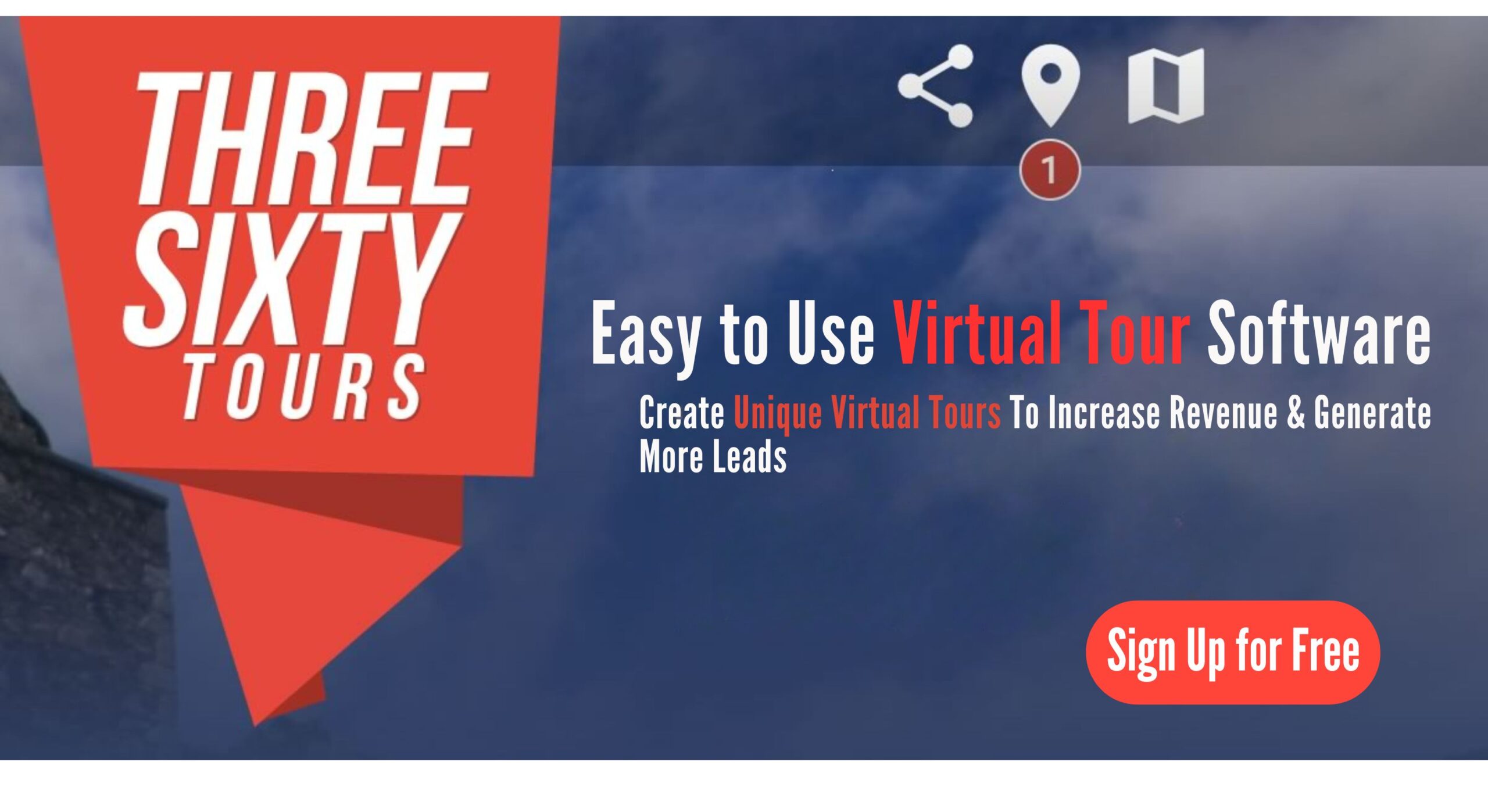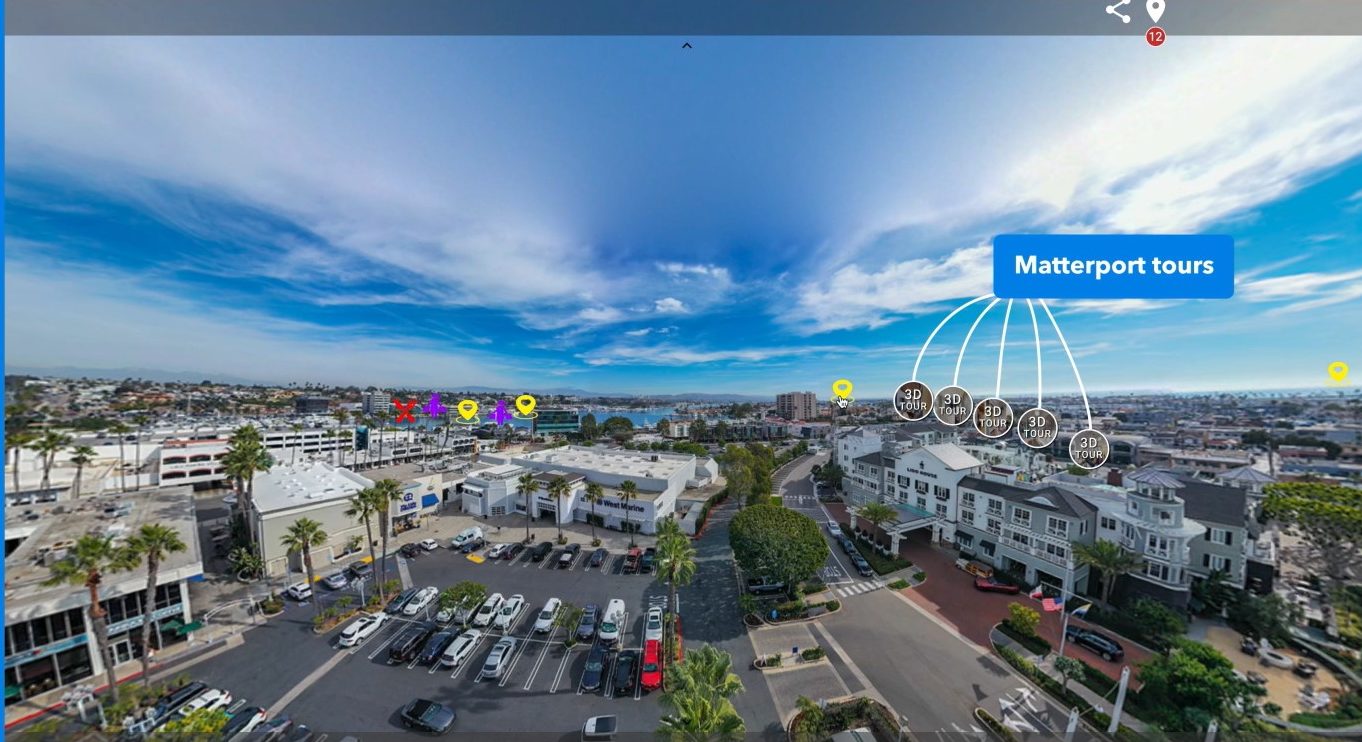real estate photography marketing
Real Estate Photography Marketing: A Comprehensive Guide for Photographers and Agents
Excerpt:
In today’s fast-paced real estate world, first impressions are everything. Most of these impressions happen online. Real estate photography has come a long way from basic snapshots. Thanks to innovations like drone imaging, HDR photography, and 360-degree virtual tours, the way homes are presented is more dynamic than ever. Whether you’re a real estate photographer aiming to grow your business or an agent looking to attract more buyers, knowing how to market real estate photography is key. In this guide, we’ll walk you through a six-step strategy to help you stand out, build strong client relationships, and use cutting-edge tools like 360-degree virtual tours through platforms such as www.threesixty.tours.
II. Understanding the Real Estate Photography Market
To market your services well, you need to understand what’s happening in the industry. The real estate photography market is evolving fast. Staying ahead of trends can help you stay relevant and in demand.
A. Current Trends in Real Estate Photography
Immersive and interactive media are now the norm. Buyers expect more than just still photos. They want to explore homes virtually. This is where tools like www.threesixty.tours can give you a major edge.
- 360-degree virtual tours that let buyers “walk through” a property from their phone or computer.
- Drone photography for stunning aerial shots and neighborhood overviews.
- HDR imaging for balanced, true-to-life lighting.
- Twilight photography for emotional, eye-catching images.
- Clean, minimalist staging that highlights space and layout.
Editing tools powered by AI also make it easier to enhance photos quickly while maintaining a natural look.
B. Key Demographics and Target Audience
Your marketing efforts should speak directly to your ideal clients. In real estate photography, you’ll typically work with:
- Real Estate Agents: They are your bread and butter. Agents need high-quality photos regularly and often on short notice. They value speed, consistency, and professionalism.
- Homeowners and Developers: These clients might only need your services once. However, they often care deeply about how their property is presented. They’re more likely to value creativity and personalized service.
Understanding these two groups helps you tailor your messaging. For example, when speaking to agents, emphasize fast turnarounds and consistent quality. For homeowners, focus on how your photos can help them get the best price.
Staying informed about what your clients want—and how the market is shifting—helps you stay ahead of the curve. It also builds trust and positions you as a knowledgeable expert.
III. Building a Strong Portfolio
Your portfolio is your most effective sales tool. It shows potential clients what you can do and sets expectations for quality and style.
A. Importance of a Diverse Portfolio
A well-rounded portfolio should include:
- Residential homes (luxury, mid-range, condos)
- Commercial spaces (offices, retail)
- Unique properties (historic homes, modern builds)
This variety shows that you’re adaptable and capable. It also helps you appeal to a broader range of clients.
Don’t forget to include 360-degree virtual tours created with www.threesixty.tours. These can be embedded directly on your website or shared on social media. They give viewers an interactive experience that static images can’t match.
B. Tips for Capturing High-Quality Images
To make your portfolio shine, follow these easy tips:
- Shoot at the Right Time: The golden hour—just after sunrise or before sunset—offers warm, flattering light. Avoid harsh midday sun unless you’re going for a specific aesthetic.
- Use Smart Composition: Wide-angle lenses help showcase space. Stick to the rule of thirds and watch for leading lines to guide the viewer’s eye.
- Stage and Declutter: Even minimal staging can make a big difference. Clean, well-organized spaces photograph better and feel more inviting.
C. Leveraging Before-and-After Shots
Before-and-after comparisons are a great way to show the value of your work. Show how a room looks with and without professional photography. These visuals can be compelling for clients who are on the fence about hiring a photographer.
Update your portfolio regularly. Add new work, especially if you’re using new tools like www.threesixty.tours. Your portfolio should always reflect your best and most current capabilities.
IV. Developing an Online Presence
In today’s digital world, your online presence is often your first impression. A strong web presence builds trust, improves visibility, and helps clients find you.
A. Creating a Professional Website
Your website should be clean, easy to navigate, and mobile-friendly. Include:
- A gallery of your best work, including embedded 360-degree tours via www.threesixty.tours.
- A list of services (photography, drone imaging, virtual tours, etc.)
- Clear contact information and inquiry forms.
- Client testimonials and reviews.
Use SEO strategies to help people find you online. Include keywords like “real estate photographer in [your city]” and “virtual home tours.” Optimize your image alt text and write blog posts to boost your search rankings.
Adding a blog can also position you as an expert. Share tips, success stories, or insights into the latest trends in real estate photography. It’s a great way to educate your audience and improve your SEO.
B. Utilizing Social Media Platforms
Social media is a free and powerful marketing tool. Use platforms like:
- Instagram for visual storytelling.
- Facebook for community engagement and local reach.
- LinkedIn for professional networking.
Post consistently and focus on quality. Use hashtags like #realestatephotography and #virtualtours. Tag your clients and locations to increase visibility.
Engage with your audience—reply to comments, share behind-the-scenes content, and run promotions. Social media is a two-way street, so be active and approachable.
Share your virtual tours directly from www.threesixty.tours. Their platform makes it easy to embed and share, helping you stand out in a crowded feed.
V. Networking and Building Relationships
Even in a digital age, personal relationships matter. Networking can lead to referrals, collaborations, and long-term clients.
A. Importance of Networking Within the Real Estate Industry
Attend local real estate events, open houses, and trade shows. These are great places to meet agents, brokers, and developers.
Bring business cards and a tablet loaded with your portfolio. Be ready to explain how your services—especially 360-degree virtual tours—can help agents attract more buyers.
Join industry groups like the Real Estate Photographers of America & International (REPAI) or your local Chamber of Commerce. These connections can open doors and build credibility.
B. Strategies for Connecting with Real Estate Agents and Agencies
Agents are always looking for reliable photographers. Here’s how to get their attention:
- Offer a free or discounted first shoot.
- Deliver fast turnaround times.
- Be consistent with quality.
- Create custom packages based on their needs.
Follow up after shoots and ask for feedback. A simple thank-you email can go a long way. If they’re happy, ask for a testimonial or referral.
C. Collaborating with Other Professionals
Team up with stagers, interior designers, and videographers. These partnerships can lead to bundled services that offer more value to clients.
For example, a stager might recommend your photography to their clients—and vice versa. You can also collaborate on marketing efforts, like joint social media campaigns or referral programs.
Combining services, especially when offering 360-degree virtual tours from www.threesixty.tours, creates a full-service experience that’s hard to beat.
VI. Conclusion
Real estate photography is about more than just beautiful images. It’s about storytelling, emotion, and helping buyers envision a future in a new home.
To succeed, you need to understand the market, build a strong portfolio, maintain a professional online presence, and build lasting relationships. Tools like www.threesixty.tours can elevate your offerings and help you deliver immersive, next-level experiences.
As the real estate industry continues to evolve, so should your marketing strategies. Stay curious, embrace new technology, and always look for ways to add value.
Whether you’re just getting started or looking to grow your business, remember this: the right photo—or virtual tour—can make all the difference. Make yours count with the help of platforms like www.threesixty.tours and a smart, client-focused marketing strategy.
With the right tools and approach, you won’t just keep up with the market—you’ll lead it.


